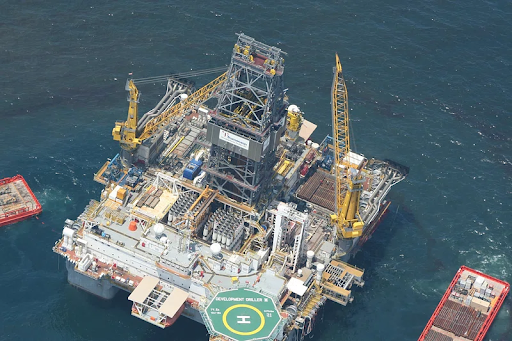The new normal for oil demand in the year 2050 is now forecast to be 83 million barrels per day (b/d), a substantial revision upward from previous estimates, according to BP’s latest annual outlook. This updated projection signals a critical slowdown in the clean energy transition, making the global net-zero target unlikely.
BP’s revised figures indicate a persistent reliance on hydrocarbons. The long-term forecast for oil consumption has been raised by 8%, up from the previous 77 million b/d estimate. Natural gas demand is similarly forecast to remain elevated at 4,806 billion cubic meters annually in 2050. Furthermore, BP has delayed the expected date of peak oil demand by five years, now projecting 103 million b/d in 2030.
The primary reason for this slow transition is the overriding focus on national energy security, amplified by geopolitical factors. BP’s chief economist attributes the trend to the war in Ukraine, Middle East conflicts, and rising trade tariffs. This drive for self-sufficiency risks encouraging reliance on domestically produced fossil fuels, even as it creates an incentive for some countries to accelerate towards low-carbon ‘electrostates.’
The report warns that the current slow pace has severe climate implications. BP’s modeling shows that the world is on a trajectory to breach the cumulative 2∘C carbon budget limit by the early 2040s. The company cautions that this extended delay significantly increases the economic and social costs required for future climate mitigation. To meet the 2050 net-zero goal, oil demand must drop aggressively to about 35 million b/d by that date.
Despite the rapid expansion of renewables—projected to meet over 80% of new electricity demand by 2035—oil will remain the largest single source of primary global energy supply, holding a 30% share in 2035. Renewables are set to rise from 10% to 15% of the primary energy supply by 2035 but are not expected to surpass oil’s market share until the late 2040s.

